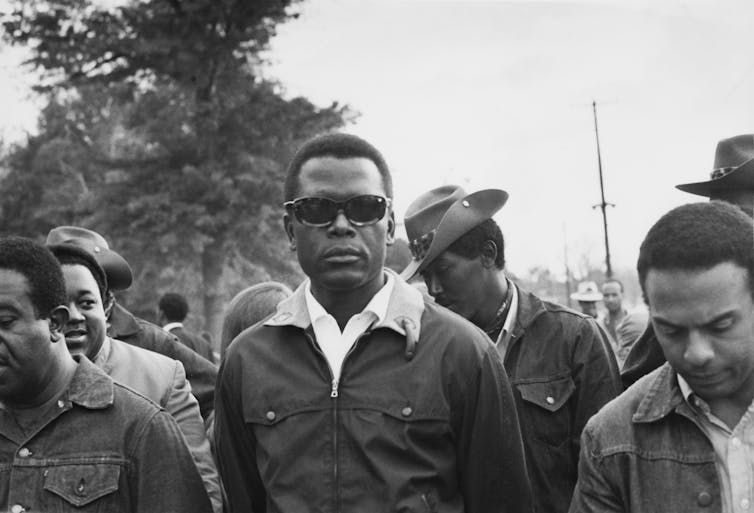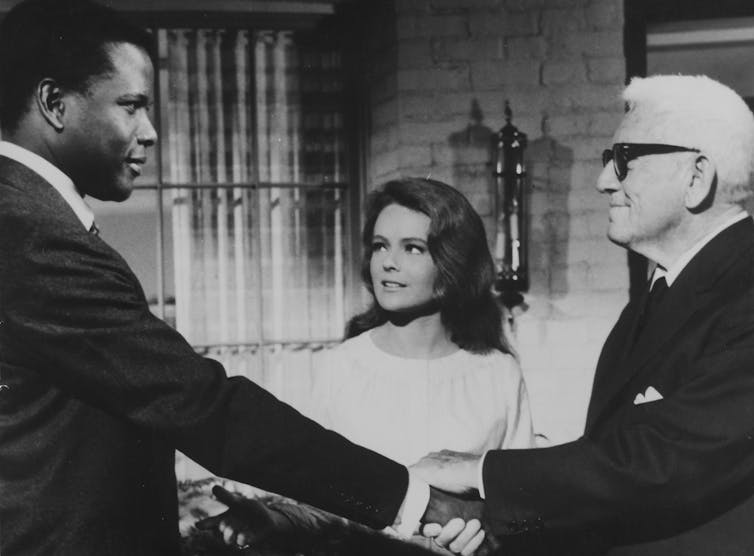Kroger workers survey reveals economic hardship, food insecurity
By Rich Klein

Negotiations over wages between Kroger/King's Snoopers and a union representing the company's workers in Colorado have stalled and could lead to a strike beginning Wednesday.
File Photo by Bob Strong/UPI | License Photo
Jan. 11 (UPI) -- Nearly two-thirds of Kroger workers do not make enough money to pay for basic expenses every month, and some experience food insecurity, according to a survey of the company's retail workers in three states released Tuesday.
The survey conducted by the Economic Roundtable is the largest-ever independent survey of retail workers in the United States, according to the organization, a nonprofit research group. It was requested by four United Food and Commercial Workers unions.
Kroger is the largest grocery chain in the United States, including King Sooper's, Fred Meyer and QFC.
Three regions with 36,795 hourly Kroger workers were surveyed: The Puget Sound region of Washington state, the state of Colorado, and Southern California. Completed surveys were received from 10,287 workers, representing a 28% response rate.
Among the workers who reported being unable to afford necessities, 44% were unable to pay rent, and 39% said they wee unable to pay for groceries. Fourteen percent of respondents reported being homeless now or during the past year.
Kroger "falls short in using its abundant food resources to meet the essential needs of its front-line employees," the Economic Roundtable said.
Seventy-three percent of Kroger workers said they are not fairly compensated based on their experience and the work that they do.
Kroger's annual revenue rose 8% in 2021, to $132 billion, BuzzFeed news reported, with senior executives paid $5 million or more each in 2020. CEO Rodney McMullen earned $22 million.
Meanwhile, negotiations over wages between Kroger/King's Snoopers and a union representing the company's workers in Colorado have stalled and could lead to a strike beginning Wednesday.
As of Jan. 1, the minimum wage in Colorado was raised to $12.56 from $12.32.
Jan. 11 (UPI) -- Nearly two-thirds of Kroger workers do not make enough money to pay for basic expenses every month, and some experience food insecurity, according to a survey of the company's retail workers in three states released Tuesday.
The survey conducted by the Economic Roundtable is the largest-ever independent survey of retail workers in the United States, according to the organization, a nonprofit research group. It was requested by four United Food and Commercial Workers unions.
Kroger is the largest grocery chain in the United States, including King Sooper's, Fred Meyer and QFC.
Three regions with 36,795 hourly Kroger workers were surveyed: The Puget Sound region of Washington state, the state of Colorado, and Southern California. Completed surveys were received from 10,287 workers, representing a 28% response rate.
Among the workers who reported being unable to afford necessities, 44% were unable to pay rent, and 39% said they wee unable to pay for groceries. Fourteen percent of respondents reported being homeless now or during the past year.
Kroger "falls short in using its abundant food resources to meet the essential needs of its front-line employees," the Economic Roundtable said.
Seventy-three percent of Kroger workers said they are not fairly compensated based on their experience and the work that they do.
Kroger's annual revenue rose 8% in 2021, to $132 billion, BuzzFeed news reported, with senior executives paid $5 million or more each in 2020. CEO Rodney McMullen earned $22 million.
Meanwhile, negotiations over wages between Kroger/King's Snoopers and a union representing the company's workers in Colorado have stalled and could lead to a strike beginning Wednesday.
As of Jan. 1, the minimum wage in Colorado was raised to $12.56 from $12.32.
#FIGHTFOR15























